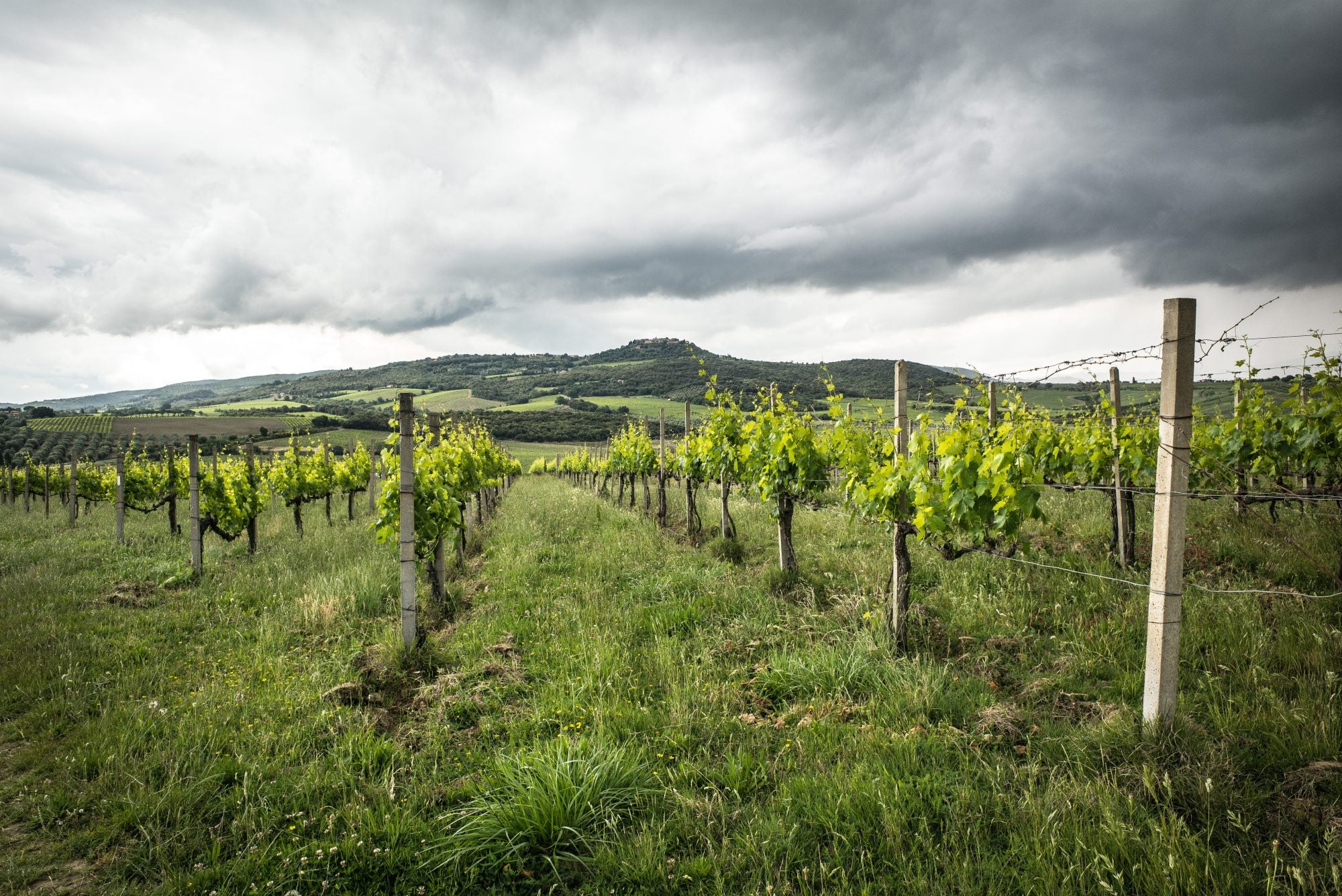Italy’s recent local government streamlining has subsumed smaller townships 'comuni ' into their larger near-neighbours. Now vacated council offices and even rural police stations are morphing into private houses, shops, warehouses and even bakeries and restaurants. The reforms saw Montalcino, already the largest township in Tuscany’s largest province (Siena), grow further by absorbing San Giovanni d’Asso, a pretty village located a 20-minute drive to the north-east.
San Giovanni d’Asso agreed to merge with Montalcino. Its only other potential match nearby was short on glamour and so financially challenged it had to shut the local sports centre. It used the money to erect speed cameras so hard to spot there is an almost permanent queue of miscreants paying their fines at the town hall office.
Montalcino’s only condition was that San Giovanni agreed its wines would never be labelled under either of Montalcino’s flagship 100% Sangiovese denominations, Rosso di Montalcino DOC and Brunello di Montalcino DOCG. Fortunately (and conveniently), San Giovanni d’Asso has premium products of its own, such as gourmet olive oil and most significantly its wild truffles. These can be either white or black. By weight their value is 20 times more than a bottled Brunello.
A plethora of other premium local crops in both San Giovanni and Montalcino – like saffron, olive oil, honey, mushrooms and heritage grains – has prompted locals to re-evaluate their territory’s economy, rather than seeing it as driven by wine alone or even by lifestyle considerations like organics for which Italy is among the world leaders. Twenty per cent of Brunello wineries are organic or Biodynamic, including three of its biggest five.
The cloud on the horizon is that some Montalcino wine-growers appear to want to create a Montalcino DOC, to go alongside the existing Rosso di Montalcino DOC and Brunello di Montalcino DOCG, which are both 100% Sangiovese red wines. The Montalcino DOC would cover still and sparkling wines of all three colours made from international varieties like Chardonnay, Merlot, Cabernet and so on. Such wines can currently be bottled under the Sant’Antimo DOC, named after a renowned if now monk-free local abbey. Annual production of Sant’Antimo is in slow decline (12,332hl in 1999, and 9,650hl in 2016).
Sant’Antimo’s only production spike came in 2011 in the wake of 'Brunellopoli', when it was decreed that any Brunello and Rosso di Montalcino wines which may not have been made from 100% Sangiovese (perish the thought…) could be buried as Sant’Antimo, quietly, despite acute financial pain.
Allowing Sant’Antimo’s dull, derivative wines free upgrades to the Montalcino name weakens the Montalcino brand. It’s ‘Brunellopoli2' by the front rather than back door this time.
The cash-poor Italian state won rare but welcome praise from the EU for its efficient local government streamlining. The well-to-do Montalcinians, however, seem intent on dropping their golden egg once again, albeit this time garnished with truffle oil from their new kin.
AUTHOR
Monty Waldin is an author and broadcaster. He has written books on both organic and biodynamic wine and biodynamic gardening. He currently hosts the English language Italian Wine Podcast.
FACT FILE
Tuscany
Geography and climate: Located in central Italy. The climate varies from Mediterranean on the coast to continental inland influenced by the Apennines. Wide variation in day and night temperatures.
Grape varieties: Sangiovese, Merlot, Cabernet Sauvignon, Trebbiano Toscano, Vernaccia
Significant DOCGs: Chianti, Chianti Classico, Brunello di Montalcino, Carmignano, Vino Nobile di Montepulciano, Vernaccia di San Gimignano
Significant DOCs: Bolgheri, Montecucco, Rosso di Montalcino




